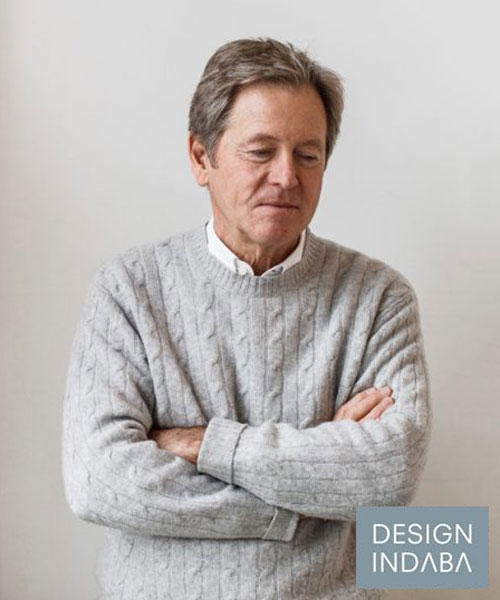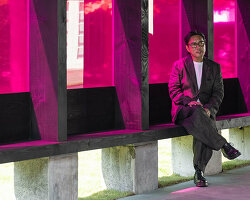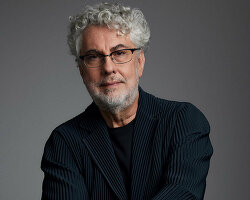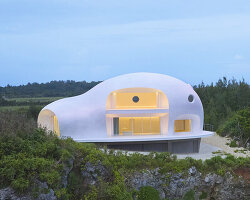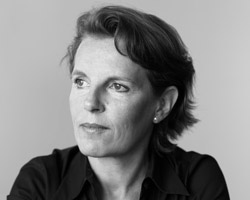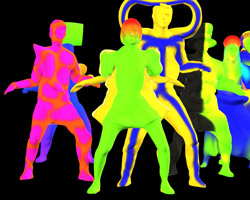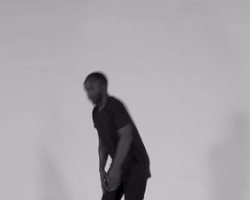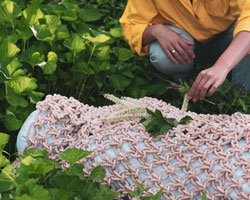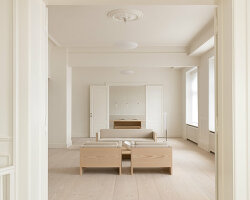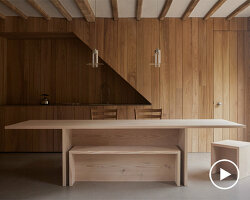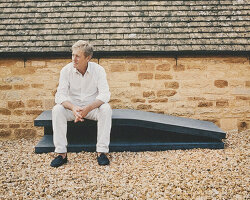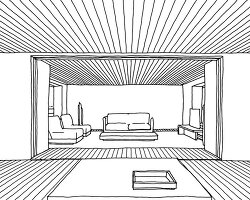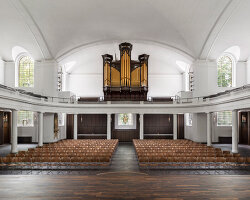british architect john pawson CBE, who founded his firm of the same name in 1981, is hailed as the father of modern architectural minimalism. a title he would most likely poke fun at, it’s true that for almost forty years pawson has championed nothingness as the most straightforward form of beauty. during his lustrous career, simplicity as a philosophy is something he has explored in retail designs for jil sander, valextra and christopher kane and in various monasteries, churches and museums.
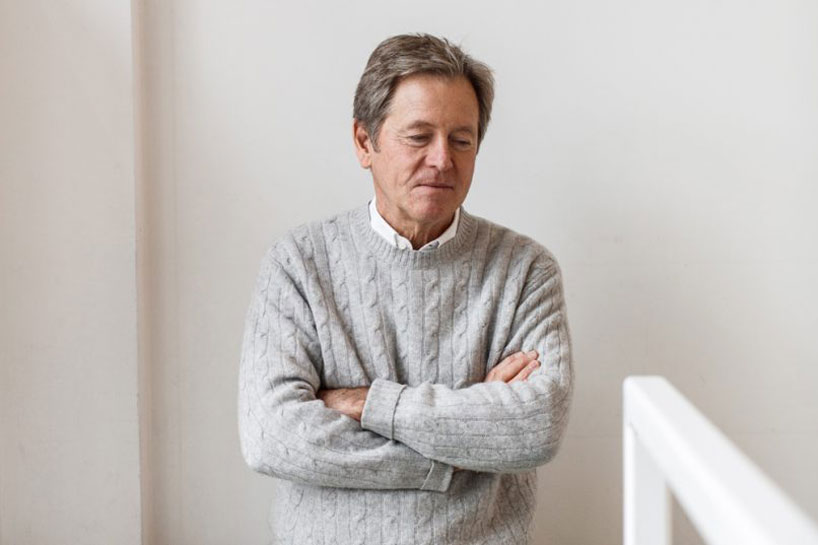
all images courtesy of john pawson architecture studio
having dropped out of architecture school when he was younger, john pawson credits his learnt discipline in part to japanese designer shiro kuramata with whom he spent six years working with in japan during his late twenties. moving to tokyo, he spent time in kuramata’s studio, whose work he had stumbled upon some years earlier in a copy of domus magazine.
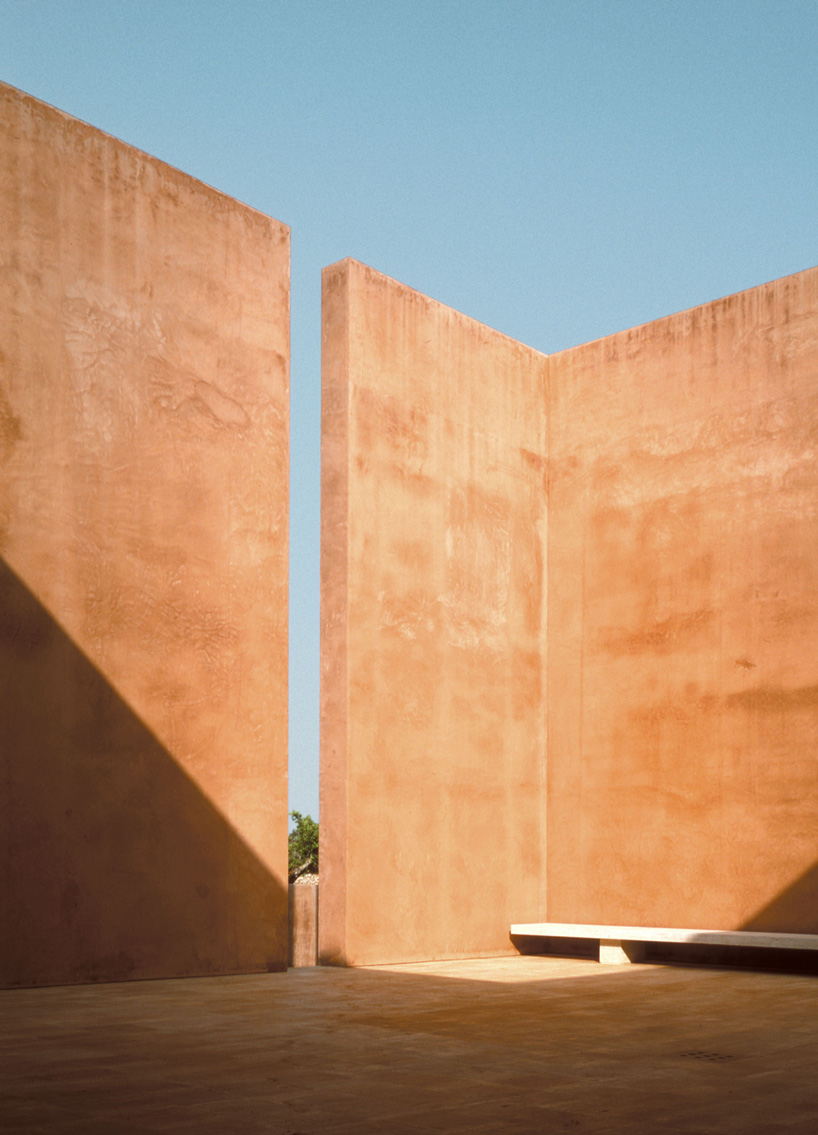
neuendorf house, mallorca, spain, 1987 – 1989
now 70, pawson recalls this period as the time he learnt the value of hard work and the discipline required for a life in design. he tells the story during the 24th edition of the annual design indaba conference in capetown south africa, in which he was invited to speak on his experience creating calm and simple spaces. we were keen to find out the origins of these spaces, what challenges they posed to an architect, and if nothingness had any room for playfulness. read the interview with john pawson in full below.
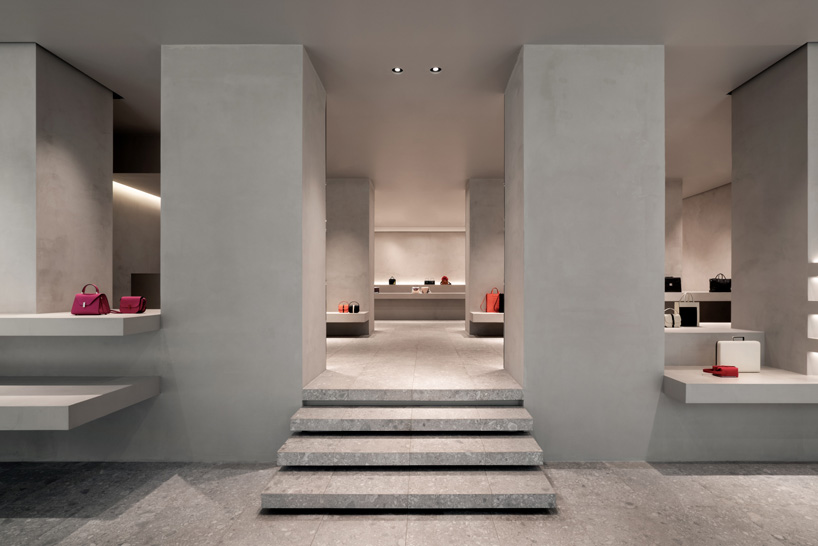
valextra store, milan, italy, 2018 – 2019
designboom (DB): what was the most important thing you learnt from your early years working in japan with shiro kuramata?
john pawson (JP): the big thing for him was that design was incredibly serious and hard work and you keep your head down. and then hopefully there’s something at the end of it, but it’s not a given. he always talked about ‘no sparks, no sparks.’ if you saw him and asked ‘how are you shiro?’, he would say ‘no sparks,’ which of course was bollocks because he had the most fertile mind and he said a lot of his inspiration came from dreams. he was a very poetic guy, and not really at all normal. I mean, I just took away the bits of architecture that I thought were really simple.
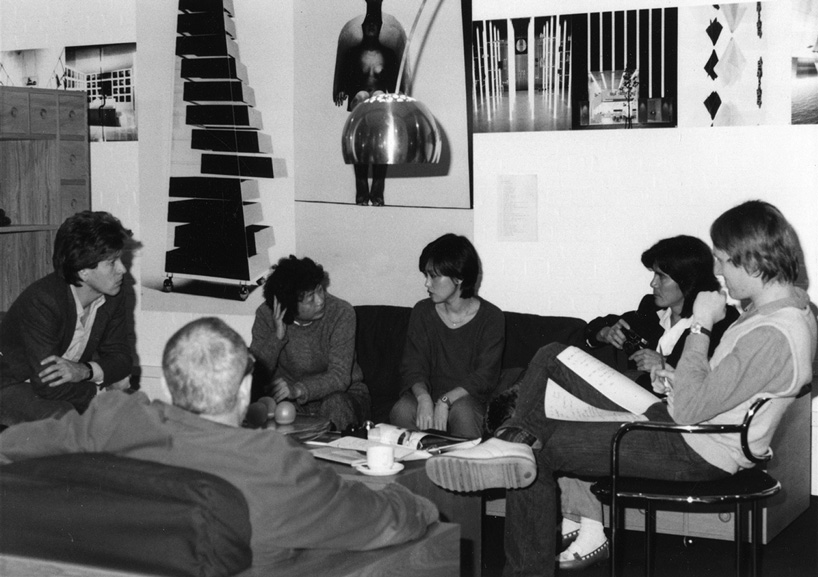
photograph taken in aram store, london, 1981, (pawson far left, kuramata second left)
DB: when you started to work with shiro, had you already identified yourself as a minimalist?
JP: I mean, I just hung around his office. I didn’t work.
DB: how would you define your philosophy?
JP: I guess I’ve always tried to look for clarity, trying to make space through the things that you have to have. any good adjectives like ‘simple, straightforward’ would be good as a philosophy. it’s interesting because you know, where do aesthetics come from? I think they are just born out of logic. I mean clients expect when you go onsite – they say ‘have you got any ideas?’, and you go, well ‘no, no I don’t, I’m just looking at the site.’ but something always comes. then I come back to the office with whatever I have, and, you know, if they laugh then it usually means it’s not a good idea and they usually have a better one.
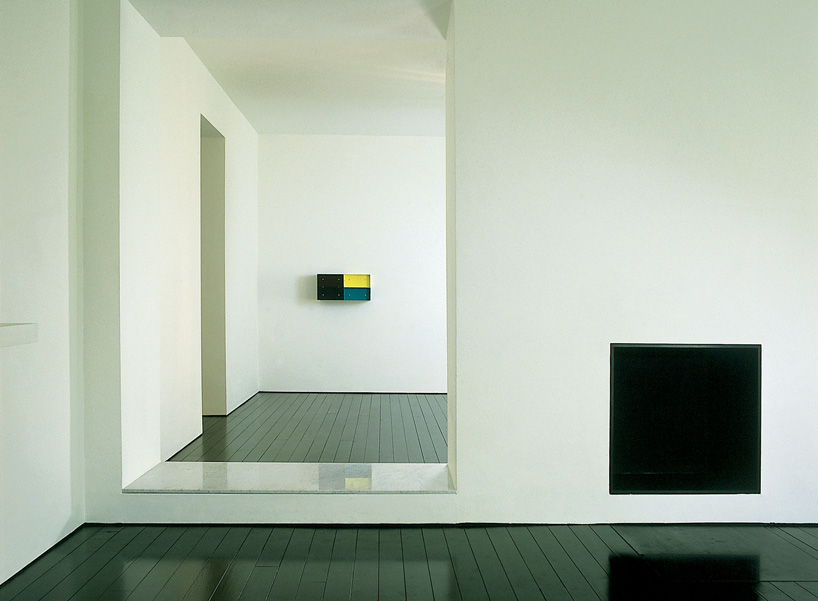
van royen apartment, london, 1984 – 1986
DB: and what’s the relationship like with the client after forty years of experience?
JP: I think it’s much easier now, with the age thing and experience. but you know you’re still dealing with clients and they are a special breed and they need a lot of love and care and patience. it’s quite interesting if they’re going to lose it – which is rare but sometimes happens – they avoid losing it with me.
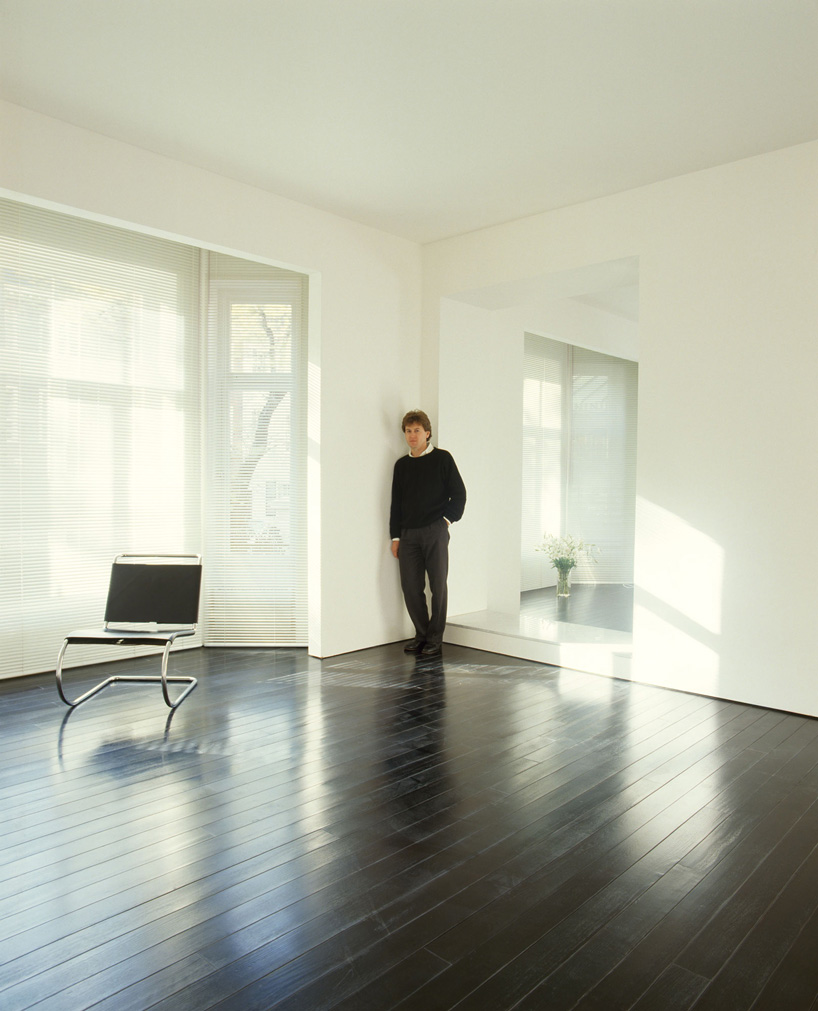
van royen apartment, london, 1984 – 1986
DB: you have completed a lot of projects that involved going into historic spaces and transforming them with a minimalist paintbrush, have you ever been fearful of that?
JP: we are very, very sensitive to the architects and to the people and of course we think that we are improving it. if I don’t think I can contribute or do something with what we have got then I don’t take it. I mean it’s difficult to know to be honest until you have done it but if I am doubtful we don’t do it. but with the church in augsburg, it’s interesting what we have done or what we haven’t done and what a huge difference it makes. you can say that we haven’t effectively changed the structure much but it was a huge job and it was very much our work even though it is a fairly light touch.
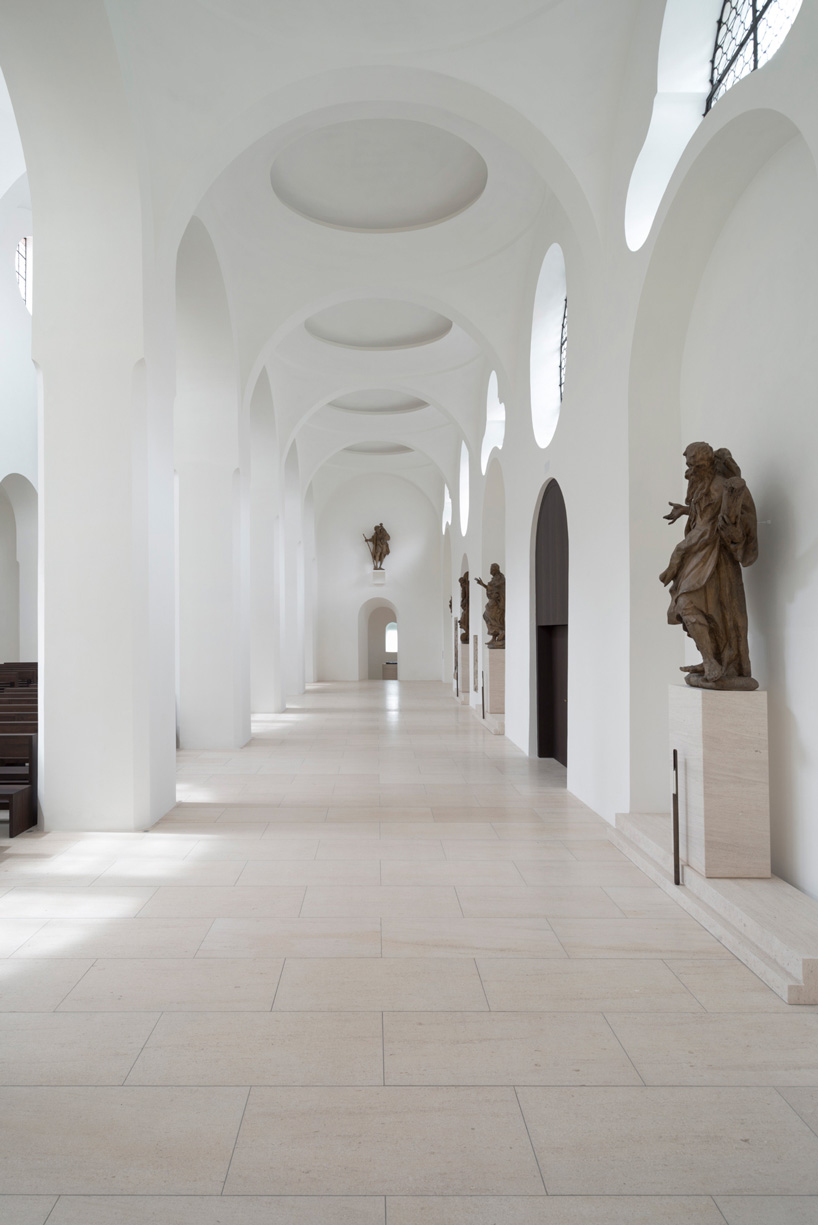
moritzkirche, augsburg, germany, 2008 – 2013
DB: there’s an interesting point that minimal spaces as a place for contemplation lend themselves to – perhaps not religion – but a spiritual sense of self.
JP: yeah but it doesn’t preclude using it for commercial purpose now. in jaffa, in the hotel, we had the chapel deconsecrated. this happened to the chapel where the nuns were because owners bought the monastery from the nuns and we transformed the church into another space. it had to be deconsecrated and there were people who said ‘what are you doing?’. you know, normally I convert discotheques back into churches, not the other way around.
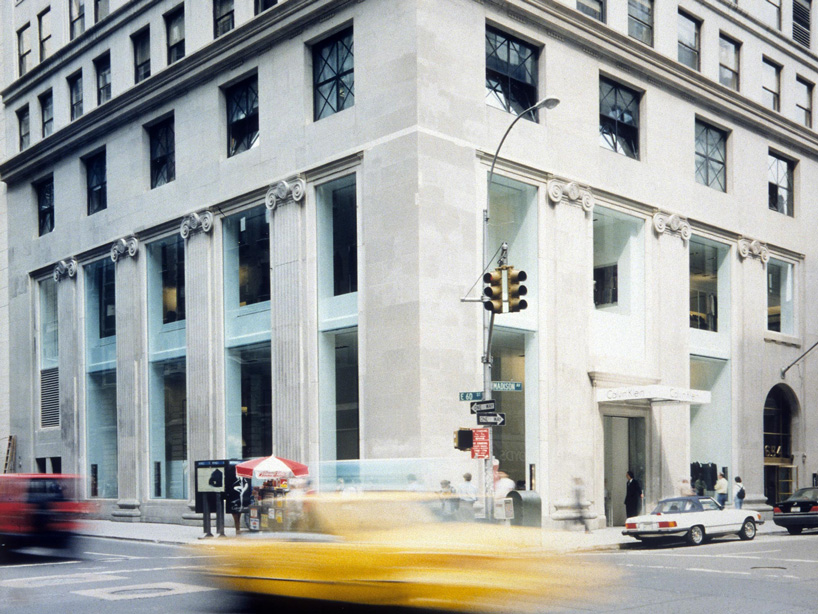
calvin klein collections store, new york, 1993 – 1995
DB: do you see your work as being inspired or informed by spirituality or religious themes?
JP: I mean, my grandparents were methodists and went to chapel twice on sunday. my parents obviously inherited both sides of their parents so then my parents had that… my mother did a bit of church-going and my father, not much. but I would never – you know, I’m an architect and I’m putting bricks and mortar together using whatever means I can to produce a building to suit the client. and if it happens to be monks, you know, they want to be closer to god. so, you know, you’re trying to manipulate the light and space and everything else to help them get there.
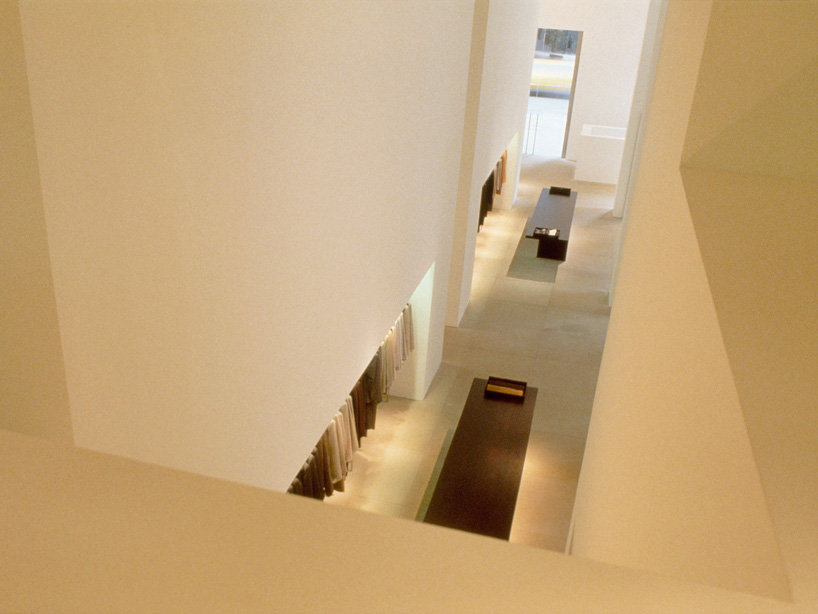
calvin klein collections store, new york, 1993 – 1995
JP continued: that doesn’t mean that I have to be religious myself or that I would imbue any non-religious building with the spirit. I mean, the monks said that they saw the calvin klein store, in fact, they saw a photograph of the calvin klein store and they thought, well, that would make a good church. yeah, because if you remember, I mean, jesus first gave communion on the kitchen table. I mean, to have an altar as a table – I mean alters are tables – it’s not a big leap. the monks wanted something for them and they didn’t care that it was a fashion store.
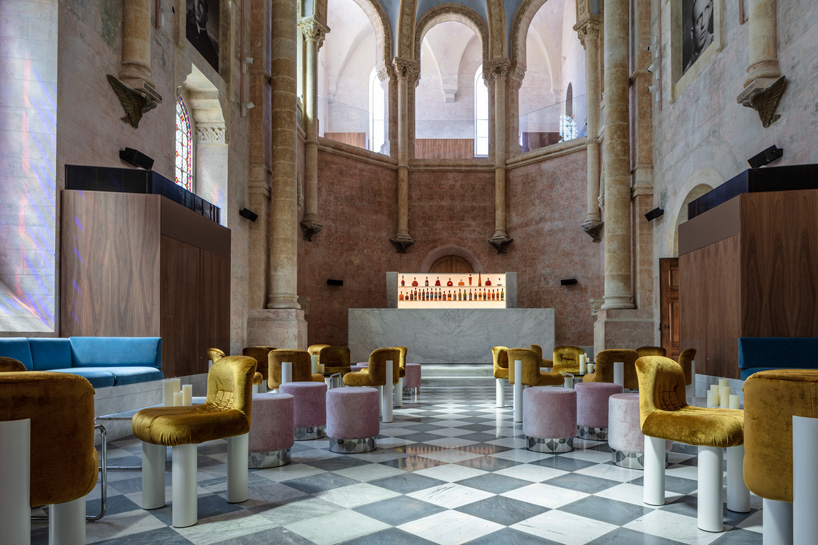
the jaffa hotel & residences, jaffa, tel aviv, israel, 2007 – 2018
DB: do you think there’s room for those types of spaces to merge – can minimalism be playful?
JP: well you can play in them but personally I don’t think there’s any room for playfulness in architecture.
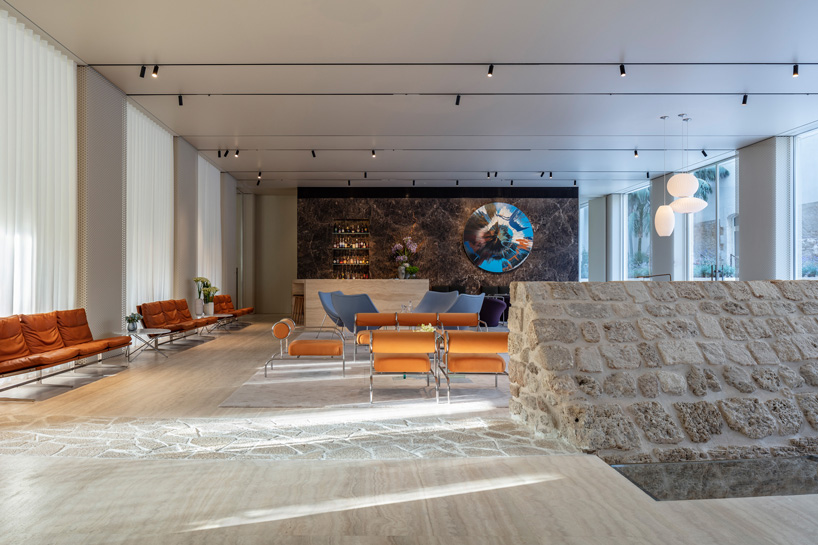
the jaffa hotel & residences, jaffa, tel aviv, israel, 2007 – 2018
DB: why?
JP: because it is it has to hang around for so long.
DB: then do you think playfulness is a sign of short term vision?
JP: if it’s, in a sense, childish or it’s a joke, or some visual joke, of course. if you say playfulness in terms of corbusier, or picasso, a painting, then no.
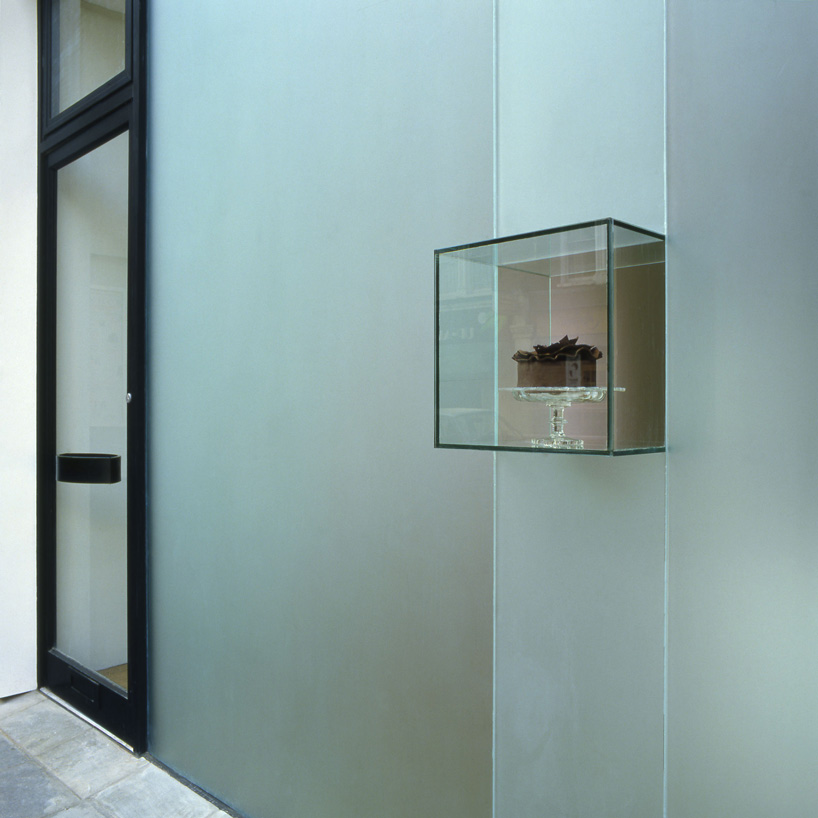
cannelle cake shop, london, 1987 – 1988
DB: so, whilst minimalism might be seen as being a little austere, are there little nuances that could be framed as being playful? I think about you the cake shop you designed in london for instance.
JP: oh, yes, yes. in that sense, yeah. I mean, manipulating light and the variety of the changing of light, movement and water. there are lots of things.
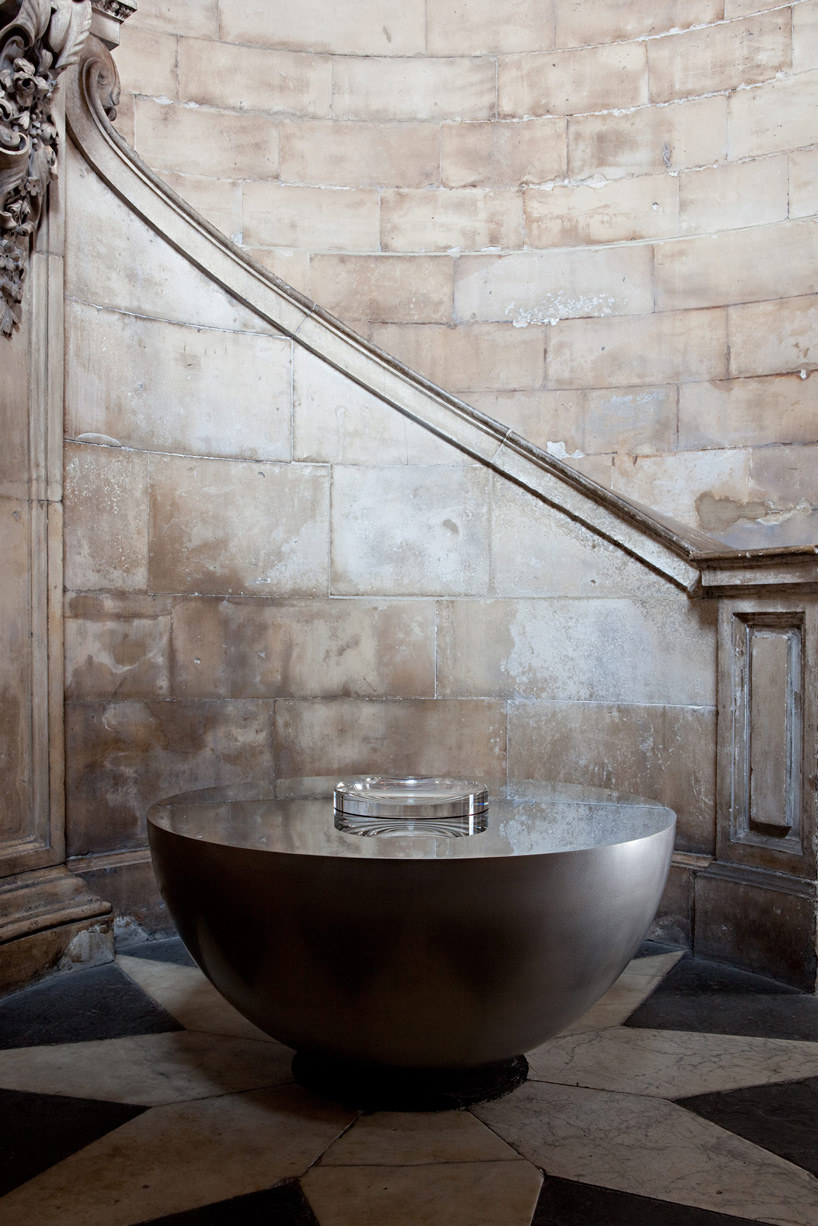
DB: do you ever project into the future, imagining how architecture might become?
JP: I’m very open. I have a fairly conservative view of building. I mean, clearly we’re going to reuse existing buildings more and readapt them for current use and how they are used will change but fundamentally nothing’s changed since the romans. if it is still concrete, brick, glass and space, and manipulating space. all the other things change in terms of how rules are used but there are still rules.
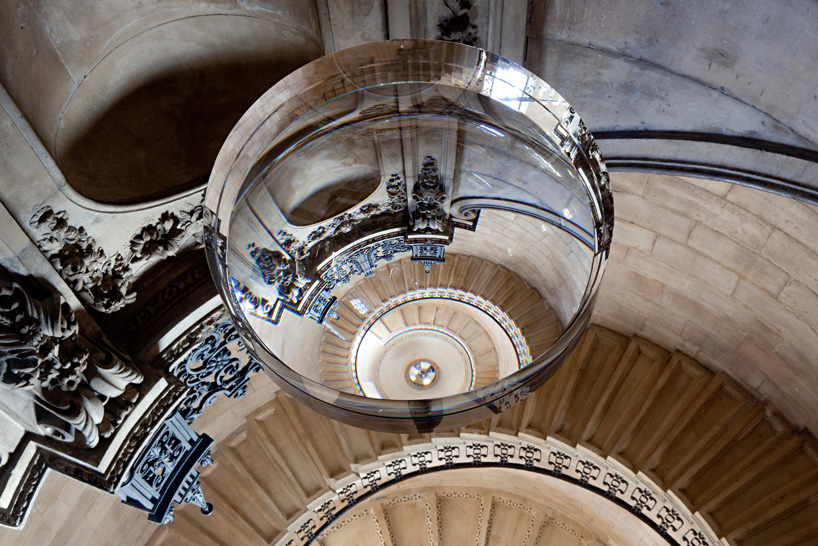
perspectives, st paul’s cathedral, london, 2011
JP continued: I am just trying to think of my sons. it is interesting because my oldest son caius has a series of bands like the XX and sampha, and stuff like that, and he wanted a john pawson house. he bought a house and I did it up. he wanted what I do. I was fully expecting him to find a young architect and have something different. I’ve never forced my stuff onto them because I mean, mine is a complete reaction to my father.
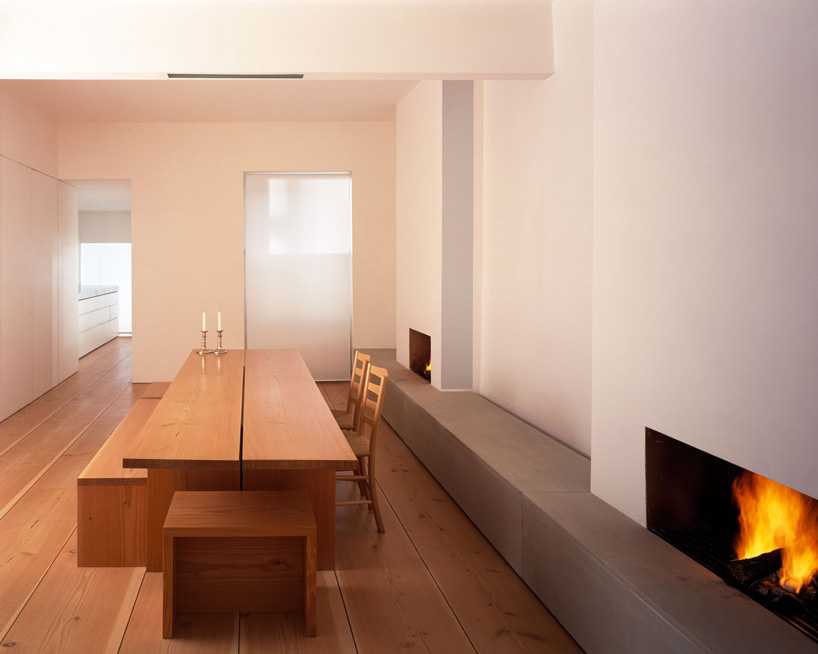
pawson house, london, 1992 – 1994
DB: what do you mean?
JP: well, their house was full of antiques.
DB: so your style is kind of a rebellion against what you grew up in.
JP: yeah. I mean there is a lot of my dad in me but my son’s interestingly like minimal spaces. the thing is, caius keeps booking our country house, for his big media type meetings.
architecture interviews (267)
design indaba 2019 (8)
john pawson (34)
PRODUCT LIBRARY
a diverse digital database that acts as a valuable guide in gaining insight and information about a product directly from the manufacturer, and serves as a rich reference point in developing a project or scheme.
